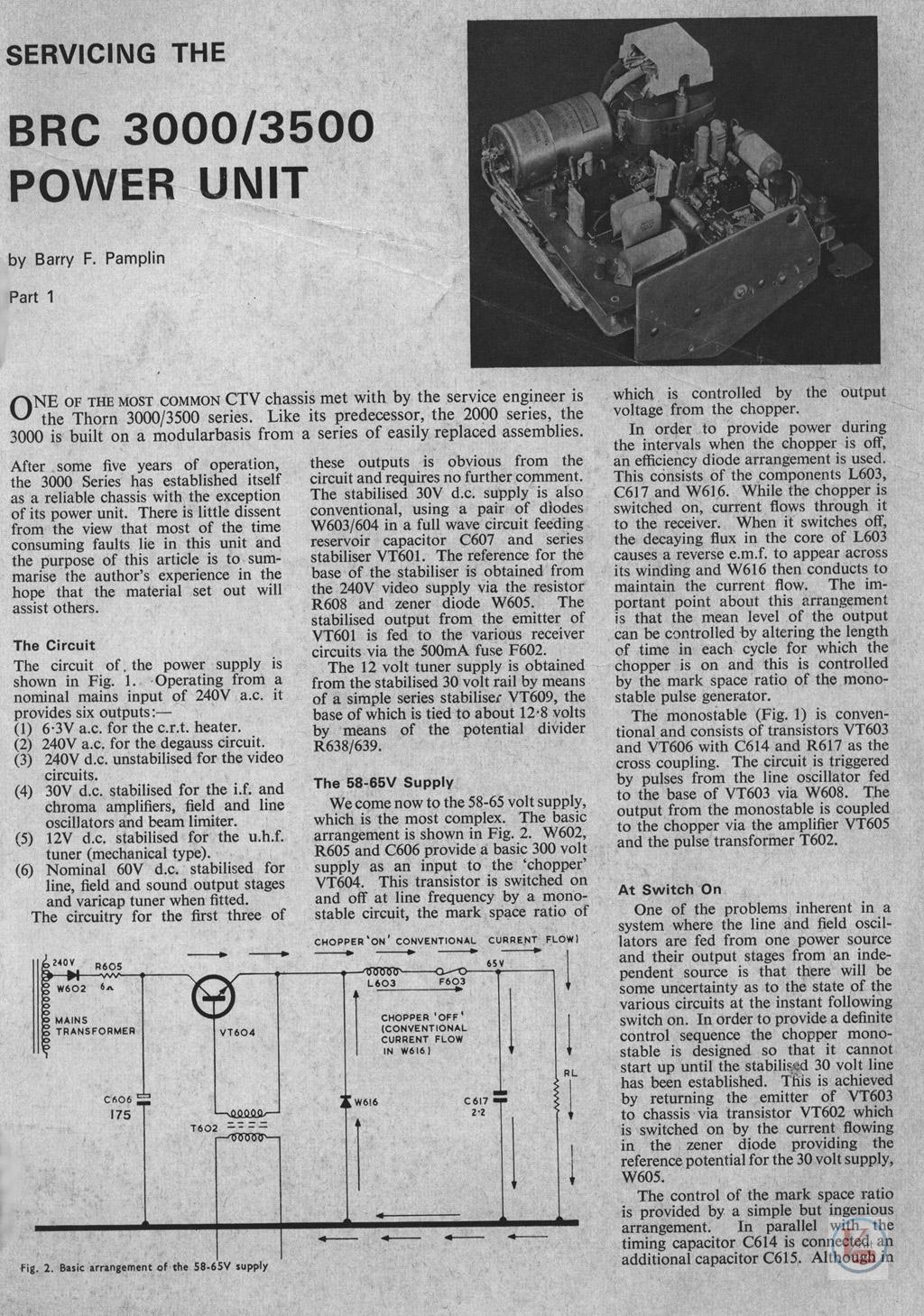Hi,
Doing a 90W QR flyback off 400Vdc, 60V, 1.5A out. 39kHz at max load.
Its all in PTH. Not even SMD for the controller.
Do you think this will be ok noise-wise? We are going to damp the FET turn on and off to reduce noise. Also, there will be a current sense filter….but all PTH.
Ive never done this power level in all PTH before….do you know if its workable?
Doing a 90W QR flyback off 400Vdc, 60V, 1.5A out. 39kHz at max load.
Its all in PTH. Not even SMD for the controller.
Do you think this will be ok noise-wise? We are going to damp the FET turn on and off to reduce noise. Also, there will be a current sense filter….but all PTH.
Ive never done this power level in all PTH before….do you know if its workable?

